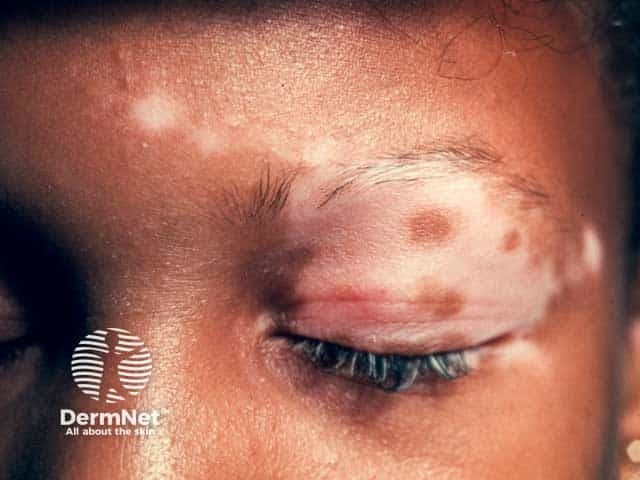A new research paper was published in Volume 16 of Oncotarget on October 6, 2025, titled “ACTM-838, a novel systemically delivered bacterial immunotherapy that enriches in solid tumors and delivers IL-15/IL-15Rα and STING…
Category: 6. Health
-

Vitiligo Disease Duration Linked to Depression Severity | Dermatology Times
Emotional distress, including anxiety, depression, and stress, is prevalent among patients with vitiligo, often exacerbating disease perception and treatment adherence.1 While physical activity (PA) is known to mitigate psychological symptoms in…
Continue Reading
-
MindRhythm’s Harmony for Prehospital Large Vessel Occlusion Stroke Identification Submitted for FDA Clearance – HMP Global Learning Network
- MindRhythm’s Harmony for Prehospital Large Vessel Occlusion Stroke Identification Submitted for FDA Clearance HMP Global Learning Network
- What If Stroke Diagnosis Started in the Ambulance? The Role of Portable Technology in Accelerating LVO…
Continue Reading
-
Females carry higher genetic risk of depression: study-Xinhua
SYDNEY, Oct. 8 (Xinhua) — An Australian-led study has found that women carry a significantly higher genetic risk of depression compared to men.
The study revealed for the first time important genetic differences in how females and males…
Continue Reading
-
African Union Healthy Lifestyle Day 2025
WHAT
The African Union Healthy Lifestyle Day 2025 will be held under the theme: Mental Health in the Family with the slogan: Healthy Home, Healthy Workplace.
The event aims to promote family-centered mental health and overall well-being among AU…Continue Reading
